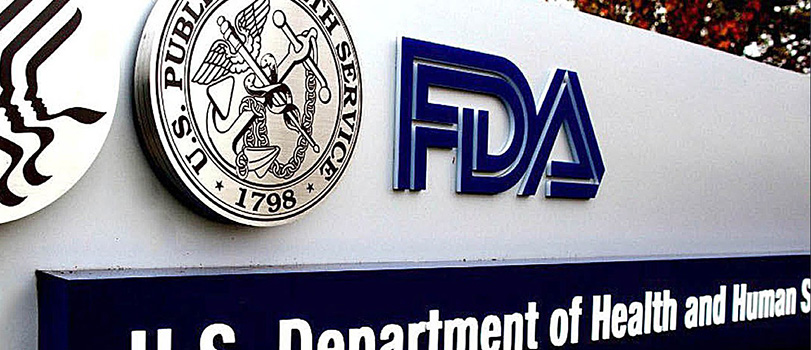FDA Seeking Public Input on Method for Prioritization of Post-market Assessments of Chemicals in Food

Last week, FDA released its proposed “method of prioritizing chemicals [in the food supply] identified for post-market assessment.” The Agency explained that the aim is to create a “science-based, data-driven, systematic, and reproducible process” to prioritize its post-market review of chemicals in food, including food additives; color additives; generally recognized as safe (GRAS) substances (including GRAS substances that have not been notified to FDA); food contact substances; and chemicals that are present as unintentional contaminants.
Following a two-year pilot program, FDA announced that a “Post-market Assessment Prioritization Tool” will be used to give chemicals an overall score that will be used to rank each post-market substance assessment in order of importance. A chemical’s total score will be calculated from a Multi-Criteria Decision Analysis (MCDA), which will use four Public Health Criteria and three Other Decisional Criteria. The higher the total score for a substance calculated from the MCDA, the higher it will be ranked for post-market review.
The four Public Health Criteria include whether:
- The substance has the potential to cause severe health effects (e.g., cancer, cardiovascular toxicity);
- Dietary exposure to the substance has increased, such as through increased consumption;
- The substance has been found or may potentially be present in food intended for vulnerable subpopulations (e.g., infants); and
- Newly available scientific information could have a significant impact on the conclusions of past assessments of the substance.
Other Decisional Criteria that would lead to a higher score for a substance include whether:
- The substance has received high attention from Congress or the national news media, and/or multiple organizations or stakeholder groups are monitoring the substance or are active in setting standards for it;
- Multiple government agencies are taking action on the substance or considering doing so; and
- Failure to assess the substance would cause the public to lose confidence in the safety of the U.S. food supply.
The total score of the Public Health Criteria is given equal weight to the score from the Other Decision Criteria, as they both would be assigned a total score of one through nine.
FDA’s press release notes how the Agency’s proposed prioritization tool is “similar in approach and criteria” to the process used by the U.S. Environmental Protection Agency (EPA) for risk evaluation, though FDA notes that EPA’s risk-based screening process is required by Section 6(b)(1) of the Toxic Substances Control Act (TSCA).
FDA has emphasized that a substance’s score and its overall ranking based on the Post-market Assessment Prioritization Tool is not a determination as to whether the substance poses a public health risk. Rather, the prioritization tool “will be used to support Agency resource allocation” for its modernized review process for chemicals already in the food supply. FDA has stated that the full process for this review will be published later this year. For more information, please refer to FDA’s announcement on May 15 describing the launch of a modernized review process for chemicals that are already on the market.
Comments on the proposed Post-market Assessment Prioritization Tool are being accepted on regulations.gov under Docket No. FDA-2025-N-1733 until July 18, 2025.* In addition to any general feedback, the Agency is requesting responses from the public on five multi-part questions.
* NOTE: After publication of this article, FDA announced that it was extending the public comment period to August 18, 2025.